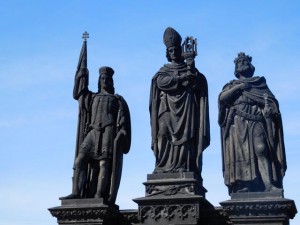 Monday/Wednesday 9:00-11:00
Monday/Wednesday 9:00-11:00
Elementary Czech. “Jak se víkend?” chirps professor Stepankova. Strolling into our classroom, this is how she breaks the early morning silence. Met with the tired stares of her students, she patiently repeats again, “Jak-se-víkend? A kde? What am I asking you?” At first, the answer came timidly, but now, at the end of the semester, with confidence: “How was your weekend? And where?” Then, around the room she goes, listening intently as each student shares. “Dobrý, good,” one answers, “a v Praze, in Prague”. Others speak of their weekends “v Berlin”, “v Kraków”, or “v Amsterdam”. These are stories of language barriers, of culture shock, and of the little triumphs found along the way.
Monday 11:30-14:15
Intercultural Communication. Appropriately named, I am surrounded by students from nine different nations. We learn that a conversation is more complex than just the words exchanged. Rather, it is the culmination of stories. Both people carry with them a different history, perspective, and socialization. Even if a common language is spoken, what is said and what is heard don’t always equate. Misunderstandings come easy. So, we learn to beware the creation of “us” and “them”.
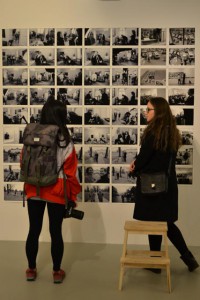 Monday 14:45-17:30
Monday 14:45-17:30
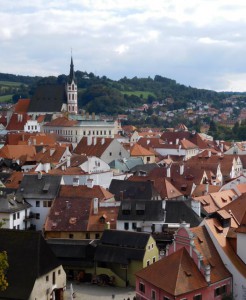 Documentary Photography. Looking through the camera lens, you must focus on a single rectangular frame, a fragment of the greater scene. It is through this lens that each student tells a different Prague story. One shares the life of an old time band, whose music has filled the Charles Bridge for years. Another captures moments of affection, quite curious in a people that appear so solemn. I choose to follow Plucie Ogniem, translated from Polish as “fire breathing”. His performances pierce the darkness surrounding Old Town, spitting flames into the night sky. Together, our single frames create the picture of a complex city.
Documentary Photography. Looking through the camera lens, you must focus on a single rectangular frame, a fragment of the greater scene. It is through this lens that each student tells a different Prague story. One shares the life of an old time band, whose music has filled the Charles Bridge for years. Another captures moments of affection, quite curious in a people that appear so solemn. I choose to follow Plucie Ogniem, translated from Polish as “fire breathing”. His performances pierce the darkness surrounding Old Town, spitting flames into the night sky. Together, our single frames create the picture of a complex city.
Tuesday 11:30-14:15
Figure Painting. With a nude model before us, shyness is abandoned. Using charcoal and pigment, we deconstruct the human body. Flesh becomes a collection of curves and lines, of shades and subtle tones. Language may limit, but brushstrokes are universal. We learn from the masters who once practiced in this city--Mucha, Kupka, Kubišta. Reflected in their work is the history of the Czech people. Now reflected in mine is my own.
Thursday 14:45-17:30
Political Geography. The world can be charted in color and line. However, we learn there are other ways of drawing borders. Topics like migration offer a different way to make a map. Conflict, corruption, and urban politics are among the tools used. Ultimately, by defining a people by their state, we disregard the differences within. This lesson is reinforced during class discussions. With peers from France and Italy and Moldova, we must reevaluate our view of the “others”. The way we view ourselves is challenged as well. At the same time, we are challenged to change the way we view ourselves. For the final project, I was grouped with students from Fiji, Russia, and the United Arab Emirates. Alongside the geography of arms, I learned that history is written differently for each of us. Having a biased is not inherently wrong, but failing to acknowledge it is.
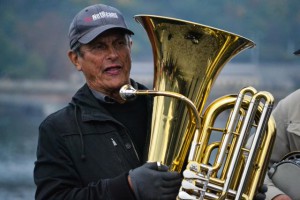
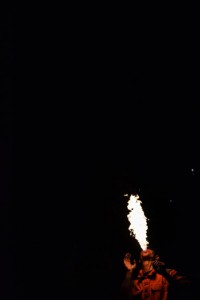 Taylor T. is the Fall 2016 CEA MOJO in Prague, Czech Republic. She is currently a junior studying Marine Biology, Art, Wildlife Conservation, and Global Studies at the University of Delaware.
Taylor T. is the Fall 2016 CEA MOJO in Prague, Czech Republic. She is currently a junior studying Marine Biology, Art, Wildlife Conservation, and Global Studies at the University of Delaware.







